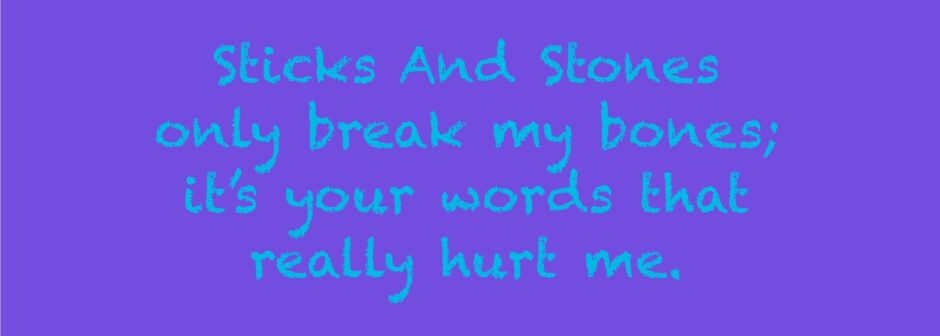There are several components and phases to the program.
Gantt Chart
We begin our introduction into a school system with a presentation.. a play about three zoo animals who are curious about the human world and escape from the zoo to explore the neighboring city. Along the way, they interact with some students (two in particular) who are involved in a bullying incident. The animals mitigate the situation and all is well in the end, but to accomplish that, they have to discuss some very difficult issues.
The presentation is actually designed to be delivered to elementary school students, however, our initial introduction to a school system begins with presenting the play to middle and high school students.. not as ‘the presentation’ itself, but as an invitation.. an opportunity.. for them to participate in future presentations to the lower grades.. to become one of our ‘Helpers’.
All throughout the presentation, we have open discussions to further our intervention objectives (coping skills) and each presentation concludes with the introduction of our preventive objectives, such as mindfulness and deep breathing exercises.
We discuss the importance of coping skills and emotional self-care as a segway into the second phase of our involvement in their school.. daily classroom practice of their new coping skills.
Ultimately, our objective here is to have each class actively practicing preventive-coping-skills breaks.. such as guided relaxation / deep breathing. To that end, we will come in daily for a week or two, depending on how fast each class catches on. (Timing at each teacher’s discretion.)
The first two days are led by our leaders (The Helpers), then we ask for volunteers from the class to help lead the exercises with our support and guidance. By the end of our stay, there will be multiple students in each classroom (K-12) who will be able to lead the exercises. This will enable the class to perform these exercises any time, at the teacher’s discretion, to help center the students at optimal times of the day, such as.. first thing in the morning to help students transition into learning mode, before a test to calm student anxiety, or as a reward after a particularly hard lesson, etc.
An added bonus to improving students’ school behavior is that the more they practice these exercises, the better they will get at them and the easier and more automatic it will become for them to self-regulate. Calming exercises will develop into their natural go-to when they get into stressful situations at school or at home.
By the end of the initial presentation, we will have opened up opportunities for these students to:
- Be an active member of the presentation cast (on-stage or back-stage) at one or more of our future assembly presentations to Elementary School students.
- Participate in follow-up (classroom) prevention sessions of our soft-coping-skills training, either leading the exercises (front of the class) or coaching (helping students individually with questions or special needs during the exercises).
This will conclude our initial introduction to the school system.
Side note: we originally thought that there should be a “grades” requirement where the students could only participate as a Helper if they had good grades, but the more the program developed we realized that the students who are falling behind are the ones we need to target our efforts on the most. To that end, we propose the following stipulation.. students with less-than-stellar grades will be permitted to participate as a Helper only if they are willing to also participate, as a recipient, in our in-school tutoring program (Phase II) as well.
To give you a better picture of what this interaction will look like, we have included an excerpt of the play script below:
~~~~
Then.. just as the day was winding down and the last of the zoo visitors
were leaving.. Ellie said the most intriguing thing.
[ELLIE]
“I wonder where the people go when they leave here? We can see each
other’s exhibits, but I’ve always been curious about the human exhibit..”
[NARRATOR]
Ellie’s voice trailed off; she was trying to imagine what the rest of the world
was like.
[KENNY]
“Ooh la la!” replied Kenny.
[ELLIE]
Why don’t we get up very early tomorrow morning, before any of the others
wake up, and go out to explore the human world?” Ellie asked with a
twinkle in her eye.
[GIGI]
“Oh si!” exclaimed Gigi, “Sera una aventura!”
[NARRATOR]
And just like they planned.. the next morning the three friends were up
before dawn, out of their enclosures, and headed straight for the middle of
town.
STOP HERE
[ONE OR TWO LEADERS IN THE AUDIENCE… we are not ‘presenting’ at
this point; we are in the audience, having a conversation] WHAT DO YOU
THINK THE ANIMALS MIGHT HAVE BEEN THINKING AS THEY LEFT
THEIR SAFE ENCLOSURES? WHAT WERE THEY FEELING? (Empathy
development)
[THIRD LEADER ON THE STAGE] writes the students’ answers on the
white board and then revisits each thought / emotion to elaborate.. ie. have
you ever felt …….. (emotion)
[NARRATOR]
Along the way, they saw the most curious things..
~~~~
(The rest of the story continues in this fashion; stopping along the way to
discuss the characters’ thoughts and emotions.)
This assembly presentation will work perfectly with Elementary School
students, but we need to handle things a little differently with the older
students. We plan to get their ‘buy-in’ by having them take active roles.. as
leaders, coaches, tutors, and mentors.. in the entire program.
